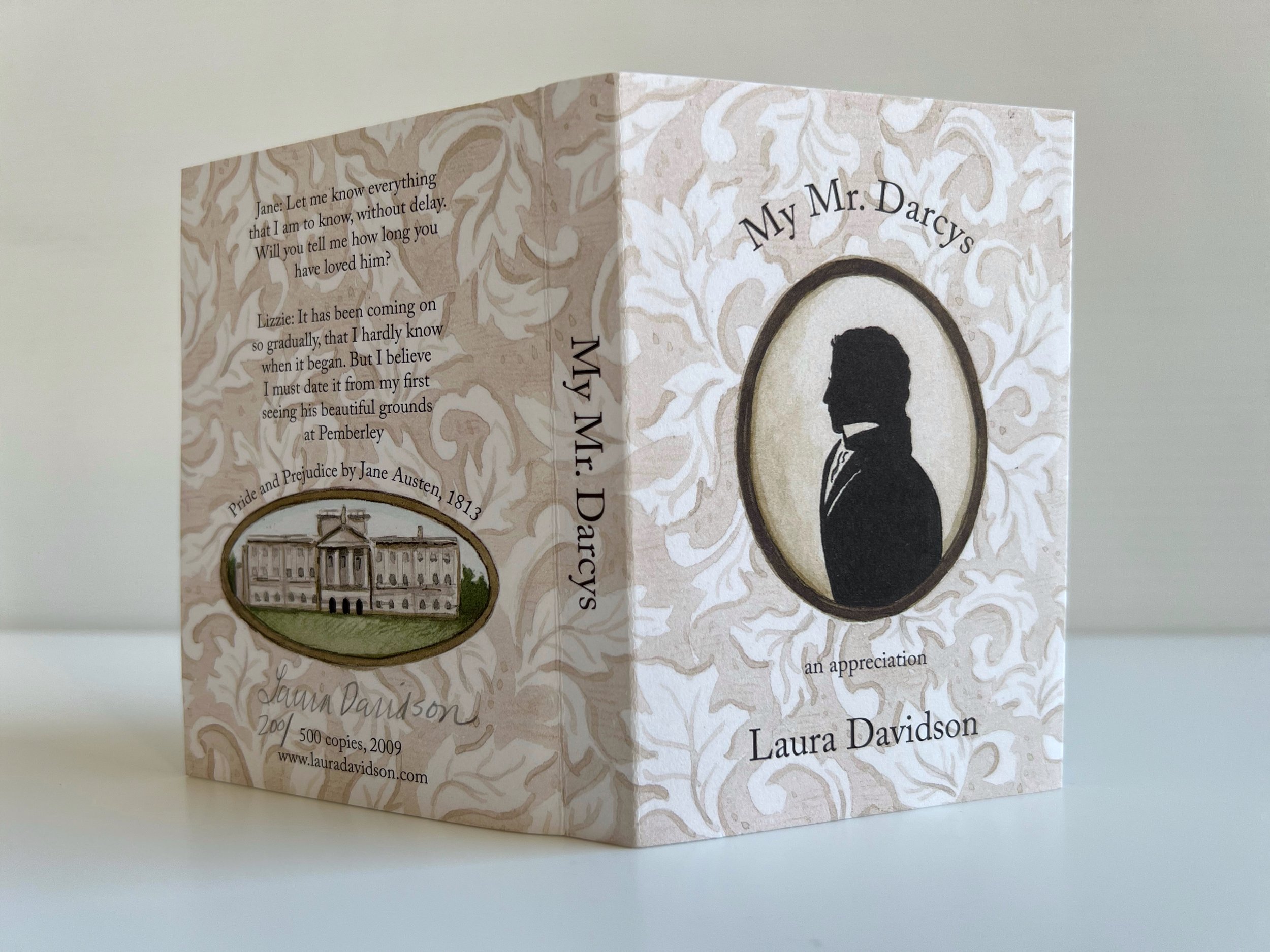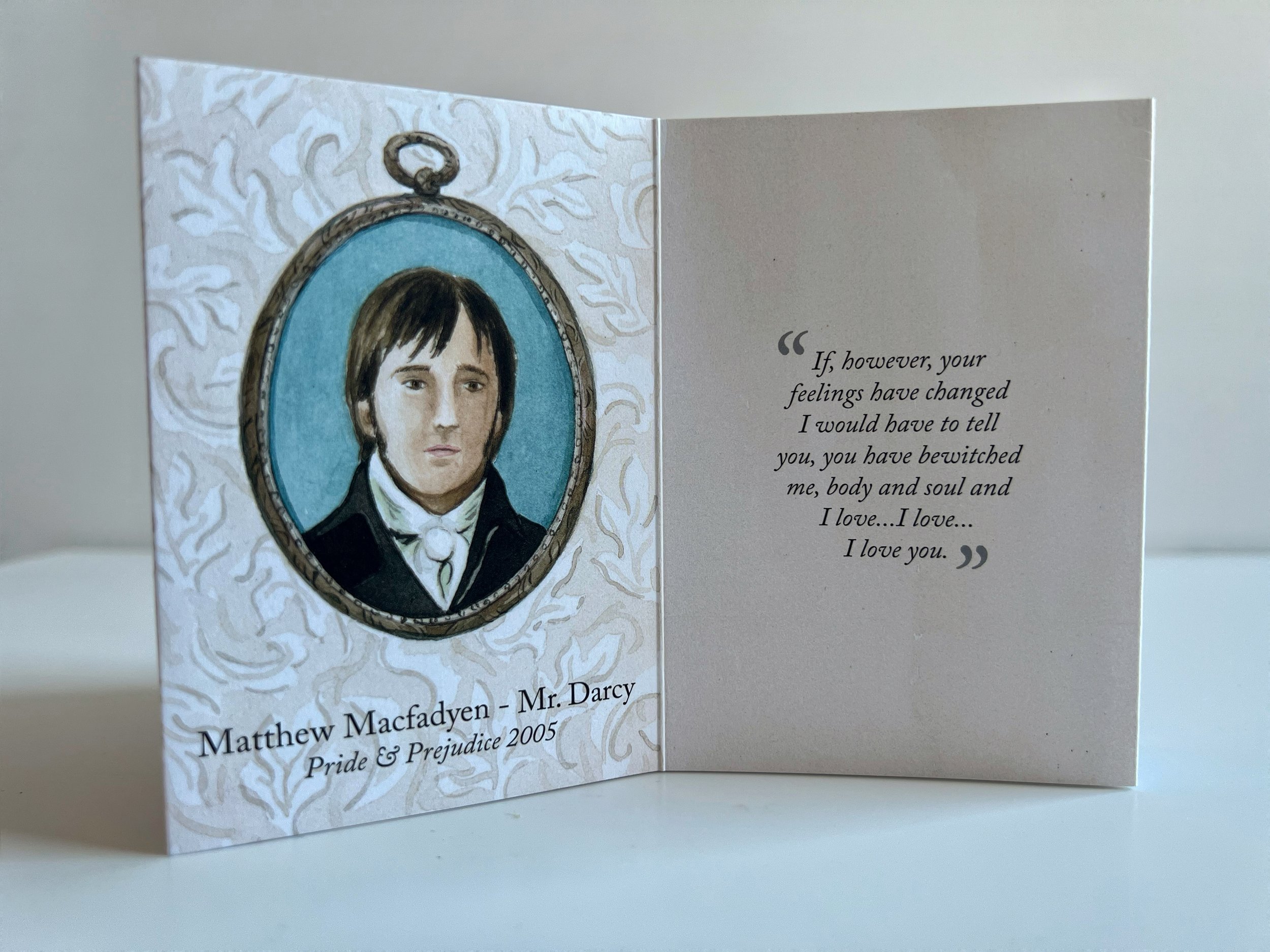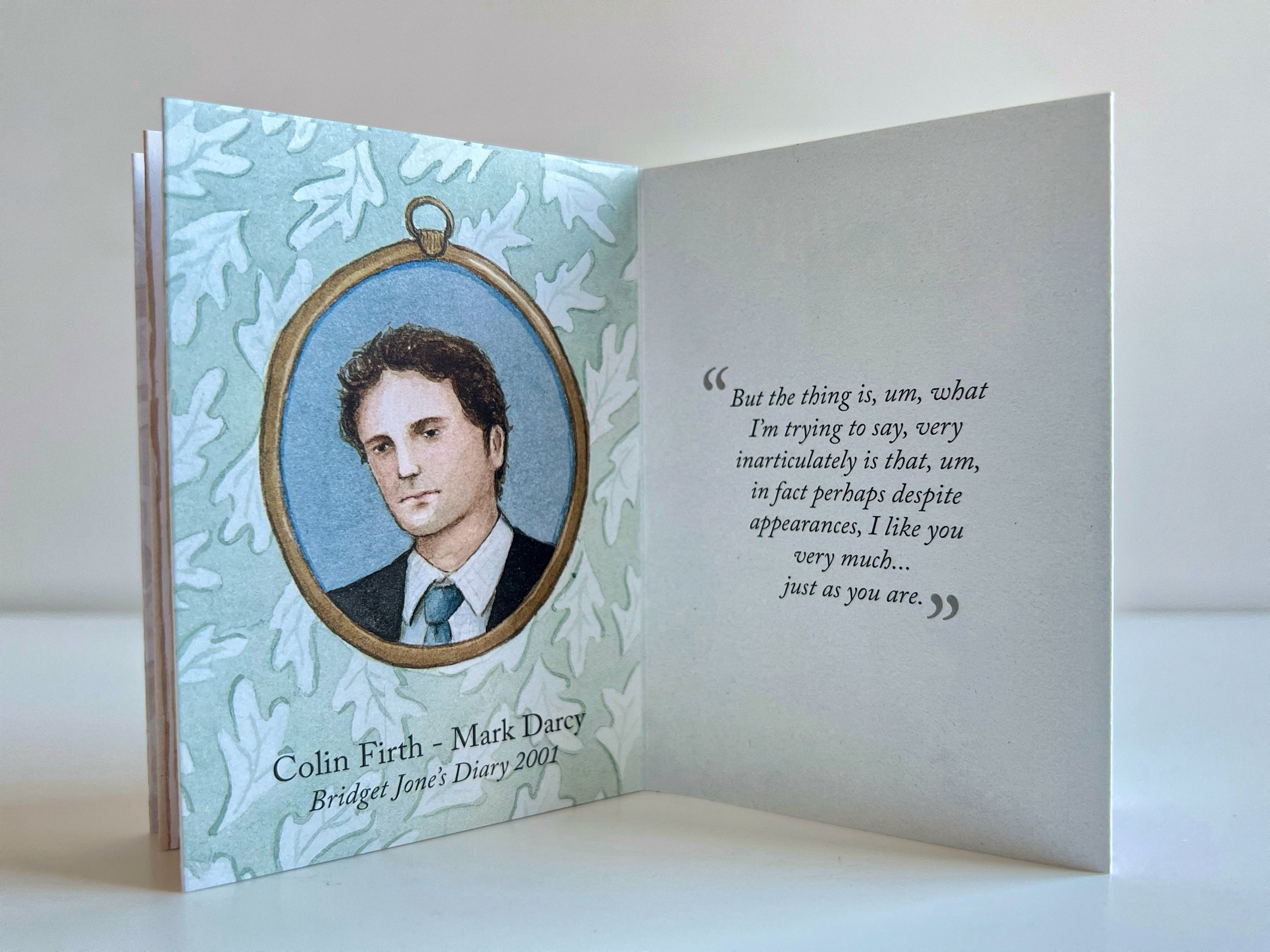INSPIRATION: Observation
Time and research to define an inspiration into a more concrete idea, to construct a knowledge base. My time to reflect is ordinarily achieved in the early morning hours while in a state of sleep. Then I focus on similar ideas/subjects developed by other artists to deepen my inspiration.
Sometimes, after a setback, it's difficult to simply pull ourselves back up and keep on truckin'. We feel as though our inner fire has fizzled out, producing a sense of despair and without hope that we can make "it" happen, regardless of what “it” is! We possess the capacity to release stress, anxiousness, and unresolved emotions through dreams. For me this state of sleep is where I dream ideas depending on my perspective of the world at the moment.
The subject of “a teenage crush” rekindled and helped to reawaken a sense of hope, optimism, and personal power. The vision became clearer.
To interpret and recognize how I was going to express the feeling of a teenage crush, I started reading psychology reports on the meaning of a first crush. I learned that it signified a lot more about the dreamer than the admired. While talking to other female friends and remembering our « celebrity crushes » way back in high school brought on laughter and excitement. It compelled us to feel young and alive.
During our teenage years, we don’t realize as we are awakening to new emotions how it will form our personalities or how it will define future choices. This particular, formative phase of adolescence moulds us into adulthood — without our knowledge. No matter the case, the tingling phenomenon of puppy love/celebrity crush will disappear with life changes. Through the years we tend to overlook how we have arrived to this persona we live with daily.
“First love is only a little foolishness and a lot of curiosity” — George Bernard Shaw
I tried to find out what I remembered about this intense but short-lived passion — puppy love and/or an unattainable fantasy — celebrity crush during the 60’s and what it signifies for adolescent girls now days. In the depths of the internet, I enjoyed exploring this goose bump experience and what it symbolized for me.
Above all else, our first infatuation is a statement about what fascinates us — what is aesthetically pleasing to our eye — the movement of the body, the strut, the look, the tenderness, the twinkle of the eye, the infectious smile... For some it might be the sensibility that became the foundation for nearly everything about one’s identity... romance, politics… Are these traits familiar?
As I researched more and more my idea, I experienced some resistance to the word “infatuation,” while others felt it was an appropriate title. These conversations caused doubt on using the word “infatuation” and forced me to reflect deeply on my interpretation of the word.
After reading on various aspects on my subject, I needed some visuals to bring back the feeling of being a teenager. I started watching western, documentary, drama, and beach party movies and TV series of the 60’s.
One of cinema's most successful films between 1965-1967 were the beach-movie genre. These movies symbolized an entire generation's youth and featured teens, bikinis, and a whole lot of good, clean fun. These low-budget films celebrated teen culture and were sheer fantasies since the turbulent social issues of the 1960s never invaded the story line. It was escapism for teenagers, ah! to be young again. Beach party movies are the definition of "You had to be there.” Today's teen entertainment is practically Kafkaesque, compared to beach party movies.
For me westerns provided an all around entertainment. Our family saw many western movies and TV series as they were a smash with my father. My sister and I often played pretend it was our way to discover and explore a wild west fantasy — an era we had no hope of ever experiencing in the real world. Towards the late 60's, westerns began taking on more substantial issues — social issues — with a few grown up themes.
The more I surfed the net for inspiration the more my mind captured other ideas. After my internet rabbit hole experience, I discovered a whole new project: the end of Hollywood’s Golden Age, which happened in the late 1960s. Film infiltrated my every thought and the energy made me think outside the box and my project. I envision tangents as a way of sparking creativity and thinking. This also brought me to swap between thinking about two or more different concepts simultaneously.
As for my research on similar ideas/subjects developed by other artists, I was directed to contemplate the work of Jillian McDonald whose work meditates on celebrity and North American celebrity culture. Julian mines contemporary Hollywood movies before digitally reshaping their filmic narratives. Jillian’s work corresponds to a humourous fiction and obsessively persistent romantic fantasy regarding bad-boy movie star, Billy Bob Thornton. I featured McDonald’s “Me and Billy Bob” video in my blog of December 2021.
In another video, Jillian shares an evening with Nick Offerman (American actor, writer, comedian, producer, and professional carpenter).
My Mr. Darcys, an artists’ book by Laura Davidson, came to mind as I reviewed other works on my subject of infatuation.
© 2009 Laura Davidson. My Mr. Darcy is a tribute to the many actors who have played the role of Mr. Darcy in Pride & Prejudice adaptations. It includes portrait miniatures of 6 actors along with text from each film. An edition of 500 copies.
© 2009 Laura Davidson. My Mr. Darcy, an inside view.
I reached out to Laura to find out more about her bookwork. Laura explained the intention of the piece; the story behind the narrative brought a wonderful personal note. In my mind, the obsession with the character still represents very much an infatuation.
It was in fact for my sister Laura — the idea came to me as Paula kept informing me when a new Austen book was being adapted on film or TV, or forwarding me DVDs. I was pretty hooked on them too because I had grown to love the Austen stories and characters. My sister’s excitement, (being an Austenite and film buff), was contagious. We compared the various portrayals of Darcy — who was her favorite character — and many people’s favorite character, especially when Colin Firth emerges from a small lake in the BBC 1995 adaption of Pride and Prejudice.
When I carried out research for this book, I had to re-watch all of the Pride and Prejudice films, taking notes about which line would work with each painted miniature of the actors who played Mr. Darcy. It was total immersion! When it came to the text on the back of my book, I knew which line from Pride and Prejudice I wanted to use, but had no idea where to find the line quickly. I phoned my older sister Paula, a devoted Austenite and the one who introduced me to Jane originally. She was driving, pulled off the road, reached into the side pocket of the passenger door to pull out her emergency copy of Pride and Prejudice and found the passage for me right away. At the time — I was amused by this. But now, of course, I carry an emergency copy of Pride and Prejudice on my phone along with Persuasion.
© 2009 Laura Davidson. My Mr. Darcy
In summary, I have noticed that Jillian, Laura and I went through a similar INSPIRATION: Observation phase. Laura re-watched all of the Pride and Prejudice films and Jillian must have watched many films to be able to select particular clips to convey her idea. My inspiration deepened by re-watching westerns and beach movies of the 60s.
Guylaine Couture’s answer is shorter this time but made me reflect on my process no less.
You are continuing your stage of research and it is expanding, so probably the subject of your book will become clearer. Especially as you share your memories and aspects of your personal life with us.
Interestingly, unlike you, I don't push my research towards other artists' books that work on the same subject. I'm probably missing something. As my own process is started, I look at ways to make a book in a broad sense. I don't have any knowledge of bookbinding, my structures are often creations that are not in the norm and I like to keep it that way. I don't invent anything, I make my books my way with all their flaws and some qualities, I hope.
Since you are talking about visual research, I am presenting you with pictures of the process for my book "The territory of the weeds". Research photos and a print/collage that I tested afterwards. I did a lot of observation in urban textures to make prints on paper that I then used in the collage. A way of doing that I reused later in other books.
What I find interesting in this exchange is that we work a little in the same way and also not at all in the same way. I love it!
© 2022 Guylaine Couture. "The territory of the weeds" research photos .
© 2011 Guylaine Couture. "The territory of the weeds", a test for print/collage.
Next month, the discussion will culminate with the moment of insight when my mind identifies a potential solution to my idea/subject. As long as people recollect, dreams never die. As long as people dream, life continues.












